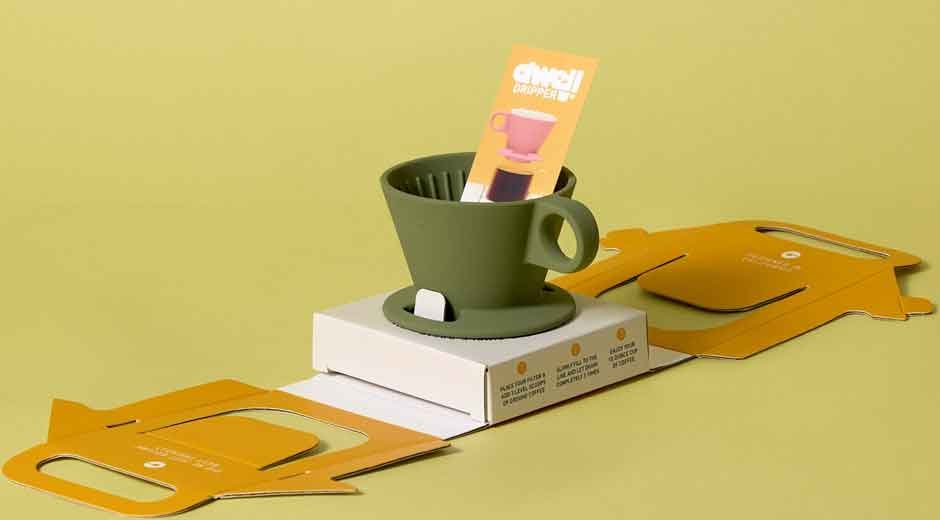Not long ago, collecting was about stockpiling things that shouted wealth or nostalgia. Now, it’s about showing discernment. The market in 2026 isn’t rewarding abundance but authenticity. The value lies in why someone chose a piece, not how many they own. That’s the quiet revolution happening in collections everywhere, from high-end auctions to neighborhood art fairs. Even within luxury circles, the obsession with newness has cooled. People are returning to craftsmanship, story, and sustainability. That shift alone explains why collectible coins still rank at the top, they tell history through weight, texture, and scarcity, offering something the digital era can’t replicate.
Collectors are starting to care more about legacy and less about hype. Younger investors with disposable income aren’t as enchanted by the idea of flipping things for profit within a few months. They’re hunting for meaning. When they acquire something, it’s often an act of preservation rather than speculation. The irony, of course, is that these thoughtful choices tend to perform better long term.
The Rise Of Sustainable Luxury
Sustainability has become the quiet backbone of collecting. What was once a marketing gimmick has turned into a status statement. Collectors are drawn to limited-run items made from responsibly sourced materials, whether it’s a bespoke wood instrument or an artisan leather piece crafted by a family workshop. They see these items as proof that owning fewer but better things is a kind of sophistication.
Artisans, in turn, are adapting. Smaller studios that would’ve once been buried under luxury conglomerates are finding their audience through direct patronage. Collectors are skipping middlemen and commissioning work straight from the makers. That personal connection adds an emotional dividend no mass-produced item can offer. The monetary value still matters, but it’s secondary to the satisfaction of knowing the piece was made with intention and skill.
Digital Collections Grow Up
Even the digital world is maturing. After the speculative frenzy of NFTs cooled off, serious collectors didn’t abandon the digital frontier—they refined it. Digital art, authenticated through better blockchain systems, is now finding stability in curated platforms that emphasize artistry instead of hype. Collectors treat it as a modern complement to their tangible assets, not a replacement.
Virtual galleries, often tied to physical installations, have turned hybrid collections into social currency. Owning a digital sculpture tied to a real-world event or exhibit now says something about taste and cultural awareness. These collectors aren’t chasing trends. They’re archiving moments of creative progress in real time.
Passion Projects And Creative Hobbies Become Investments
The rise of personal expression in collecting has blurred the line between pastime and portfolio. What used to be written off as creative hobbies: like ceramics, woodworking, and analog photography, now carries surprising resale and cultural value. Objects made by passionate amateurs often end up appreciated not because of perfect technique but because they feel genuine.
This trend also revived local economies around small craft fairs and maker studios. People are learning to throw clay or restore vintage instruments, then becoming patrons of the very crafts they’ve fallen for. The result is a hybrid collector class: part maker, part historian. It’s not about curating perfection, but preserving the handmade. That honesty has real financial traction, especially as buyers become more skeptical of algorithm-driven taste.
The Return Of Storytelling In Value
Collectors in 2026 are asking a question every seller now has to answer: what’s the story behind it? A timepiece with family lineage, a signed record from a small-run pressing, or a furniture piece rescued from mid-century obscurity—these are the things commanding attention. Storytelling has become the new currency of authenticity.
Luxury brands that once leaned on exclusivity alone are changing tone. Instead of just touting price tags or limited numbers, they’re showcasing provenance and people. It’s a softer power play, and it’s working. Owning something that reflects conscience and taste is quietly edging out the need to flaunt. Collecting, in its new form, has become a reflection of intelligence and restraint.
Legacy Over Trend
Every collector secretly hopes their choices will mean something decades from now. That’s the quiet undercurrent driving today’s market. People are choosing pieces they can imagine passing down, not just reselling. The frenzy of disposable luxury is giving way to a steadier rhythm. What matters isn’t being first—it’s being lasting.
In that sense, the market feels more grounded than it has in years. Collections built on depth instead of novelty are aging well. Whether it’s a curated selection of restored watches, small-batch ceramics, or historical currencies, the through line is purpose. These aren’t vanity projects; they’re time capsules of care and curiosity.
Where Value Truly Lives
Collectors used to chase price tags. Now they chase proof of human hands. The most valuable collections in 2026 are the ones that tell a story of discernment—where every piece, whether ancient or modern, holds personal and cultural weight. What’s worth collecting isn’t about what’s new. It’s about what endures.










